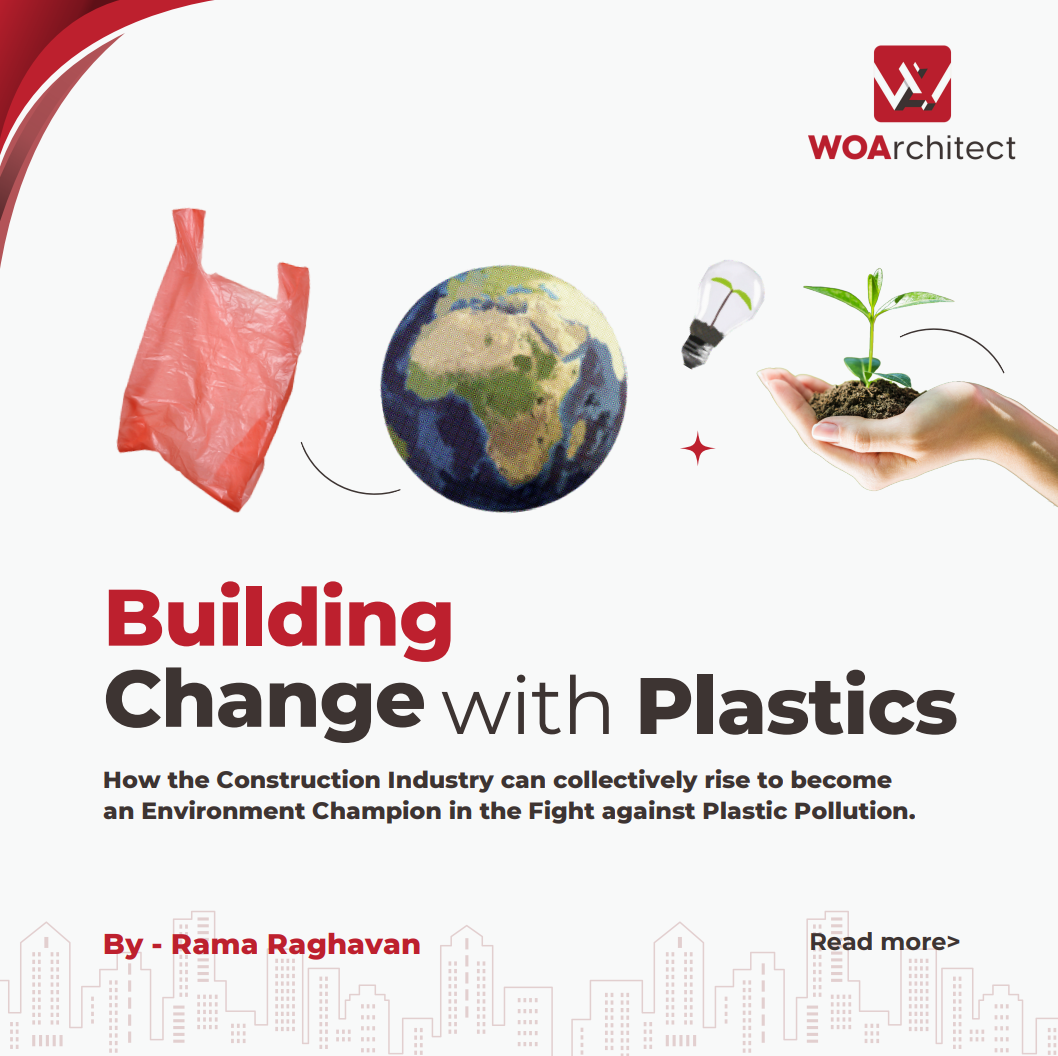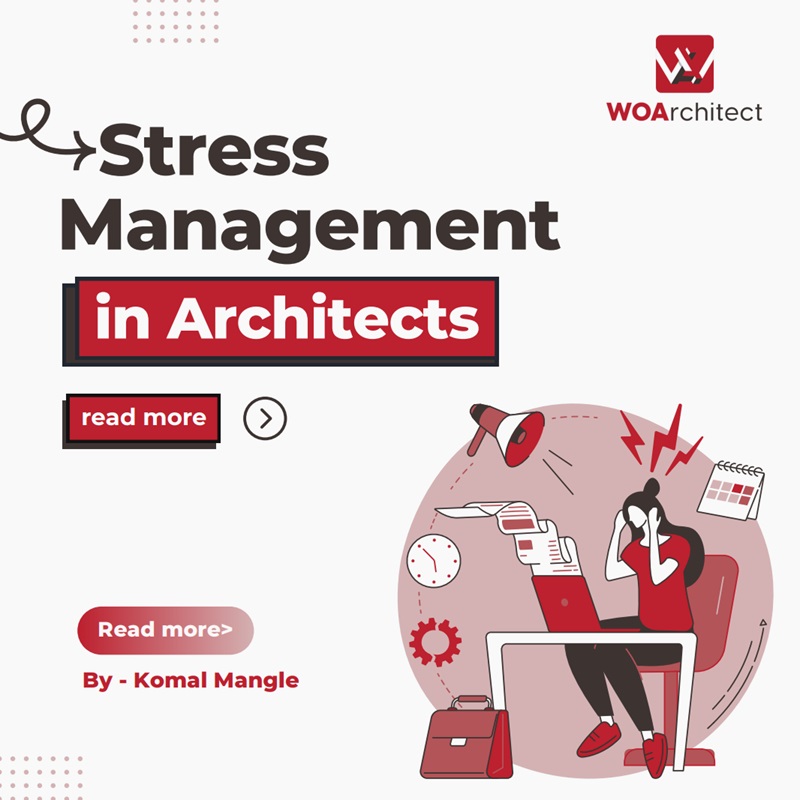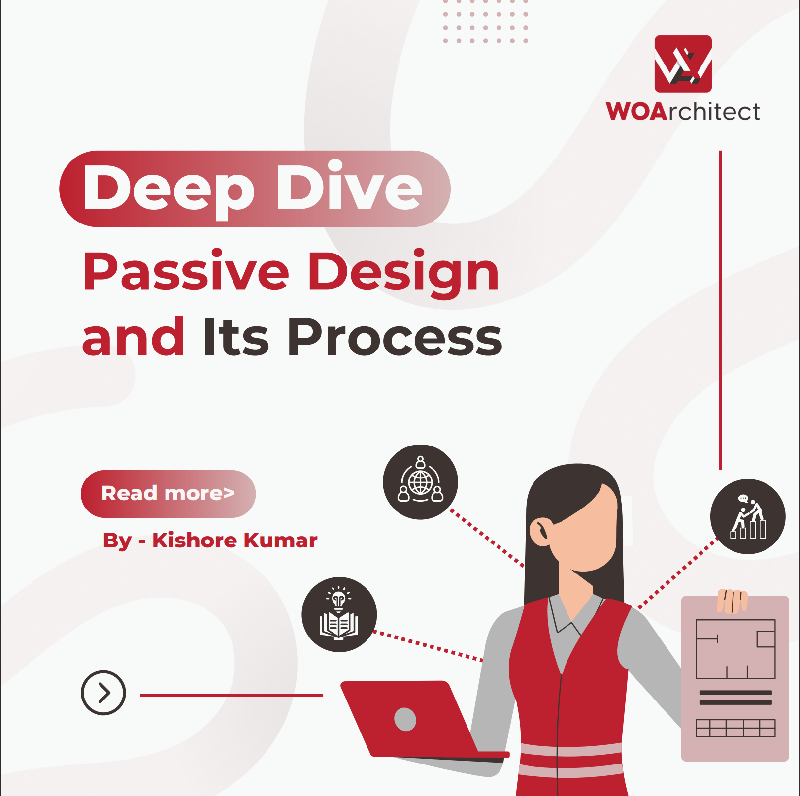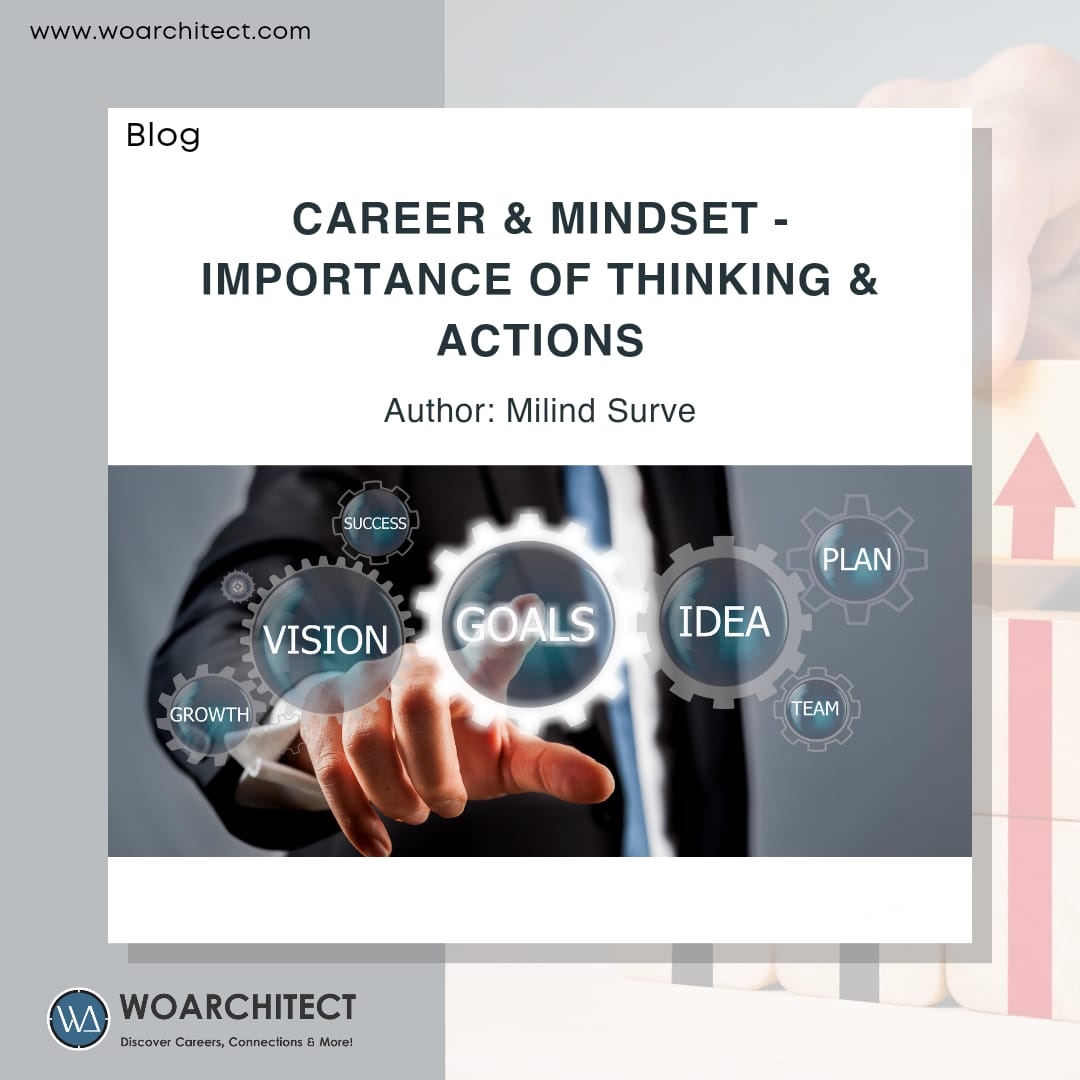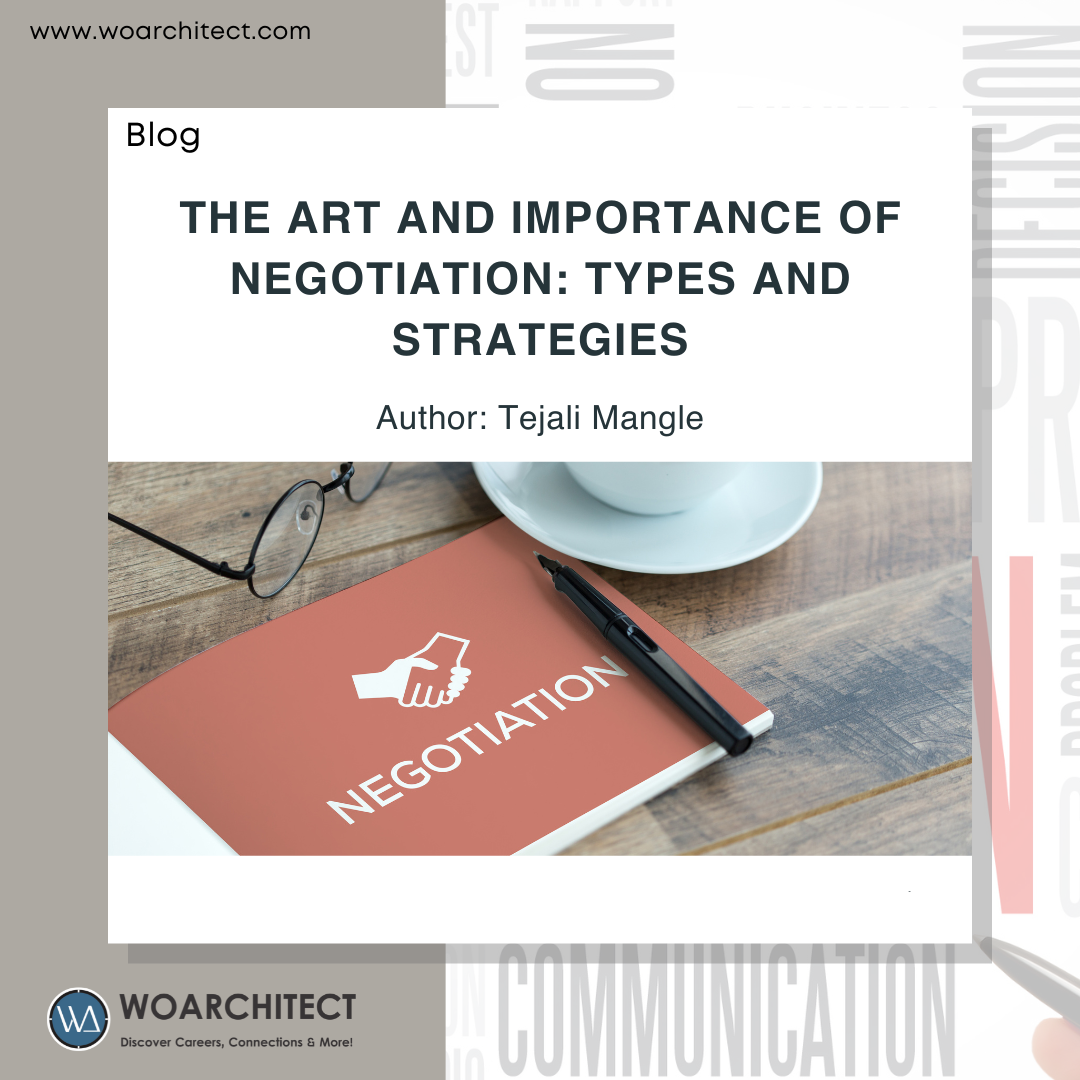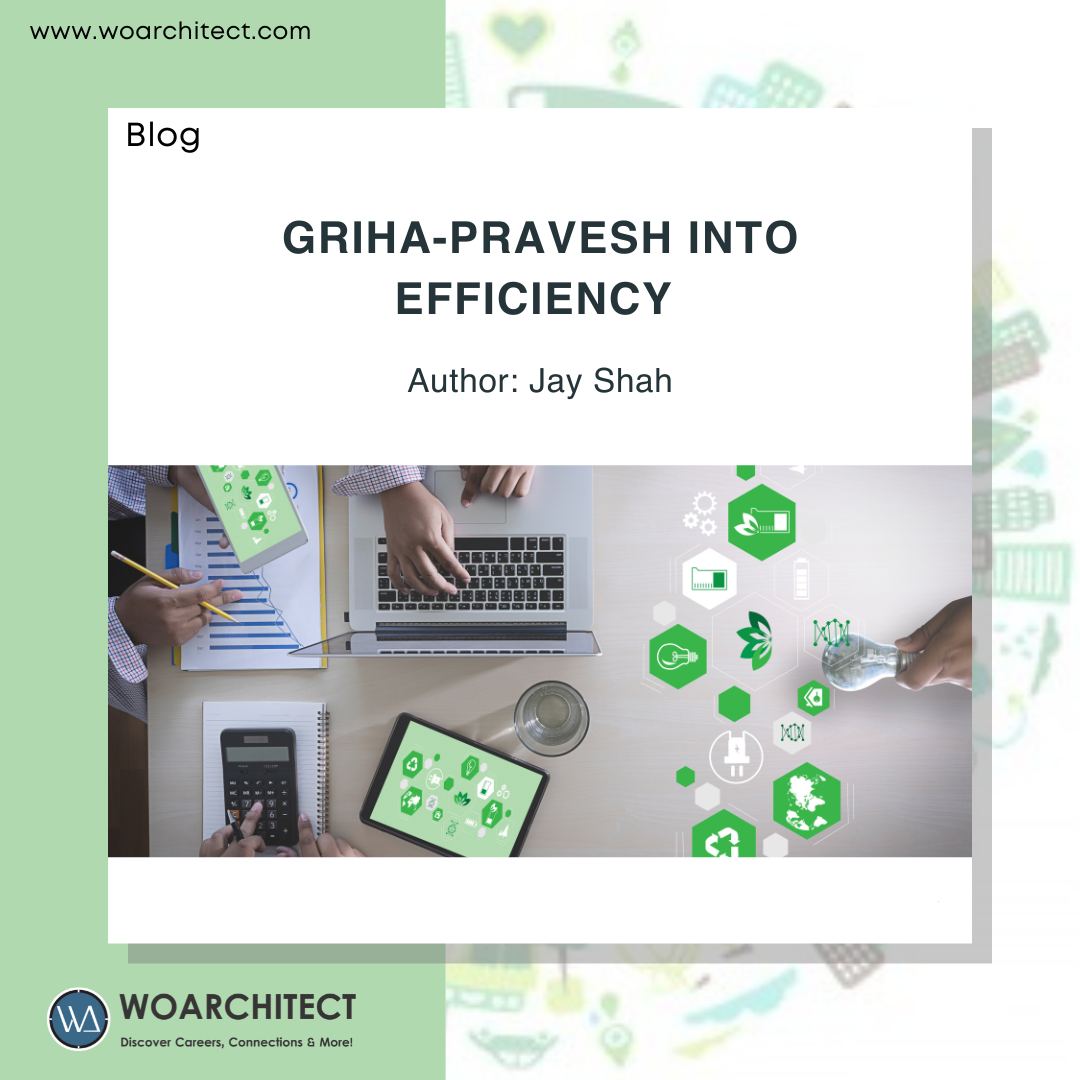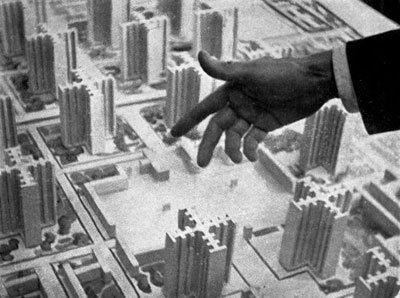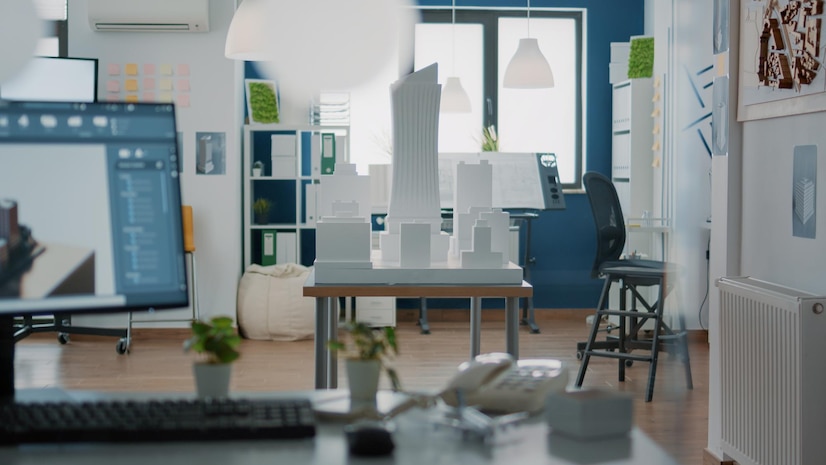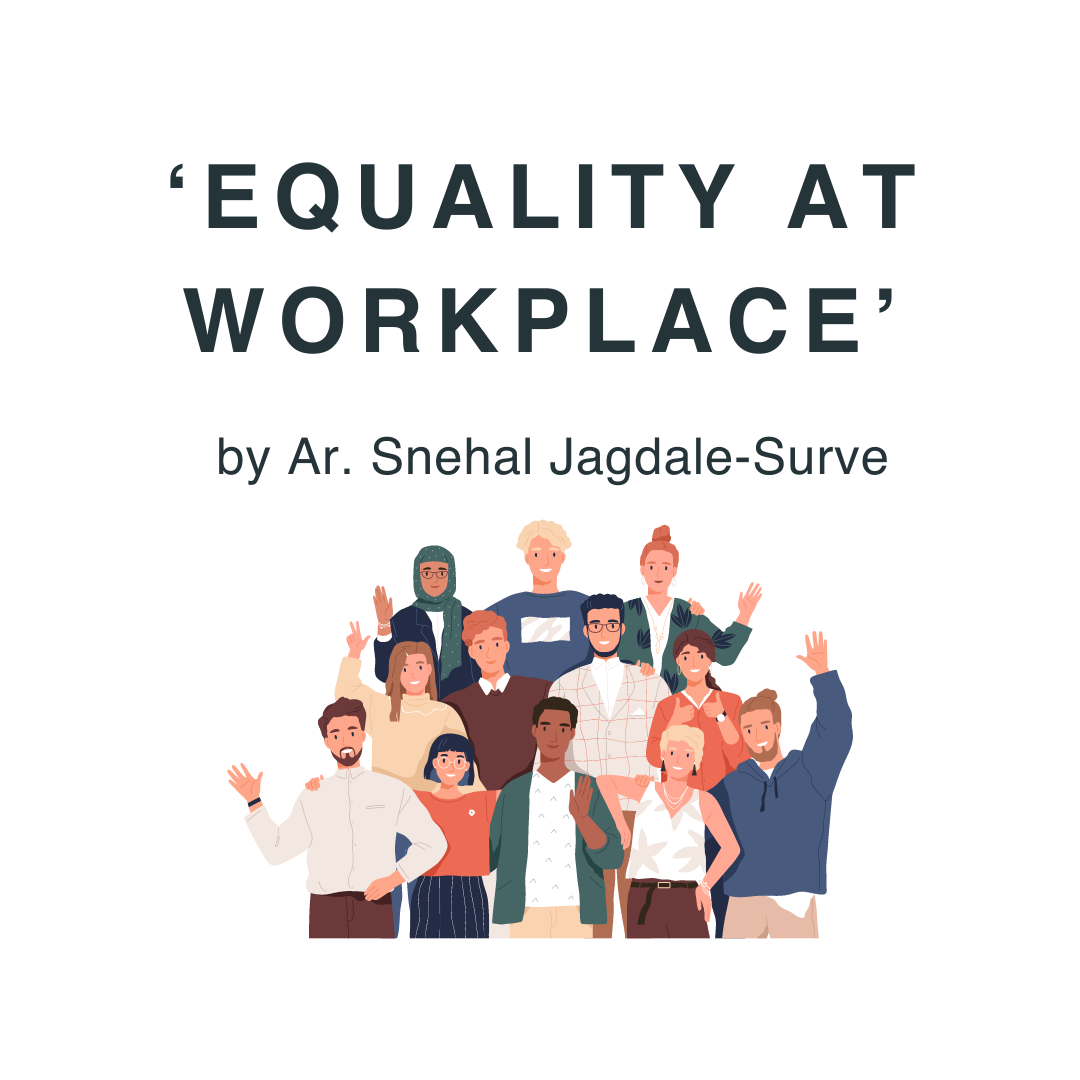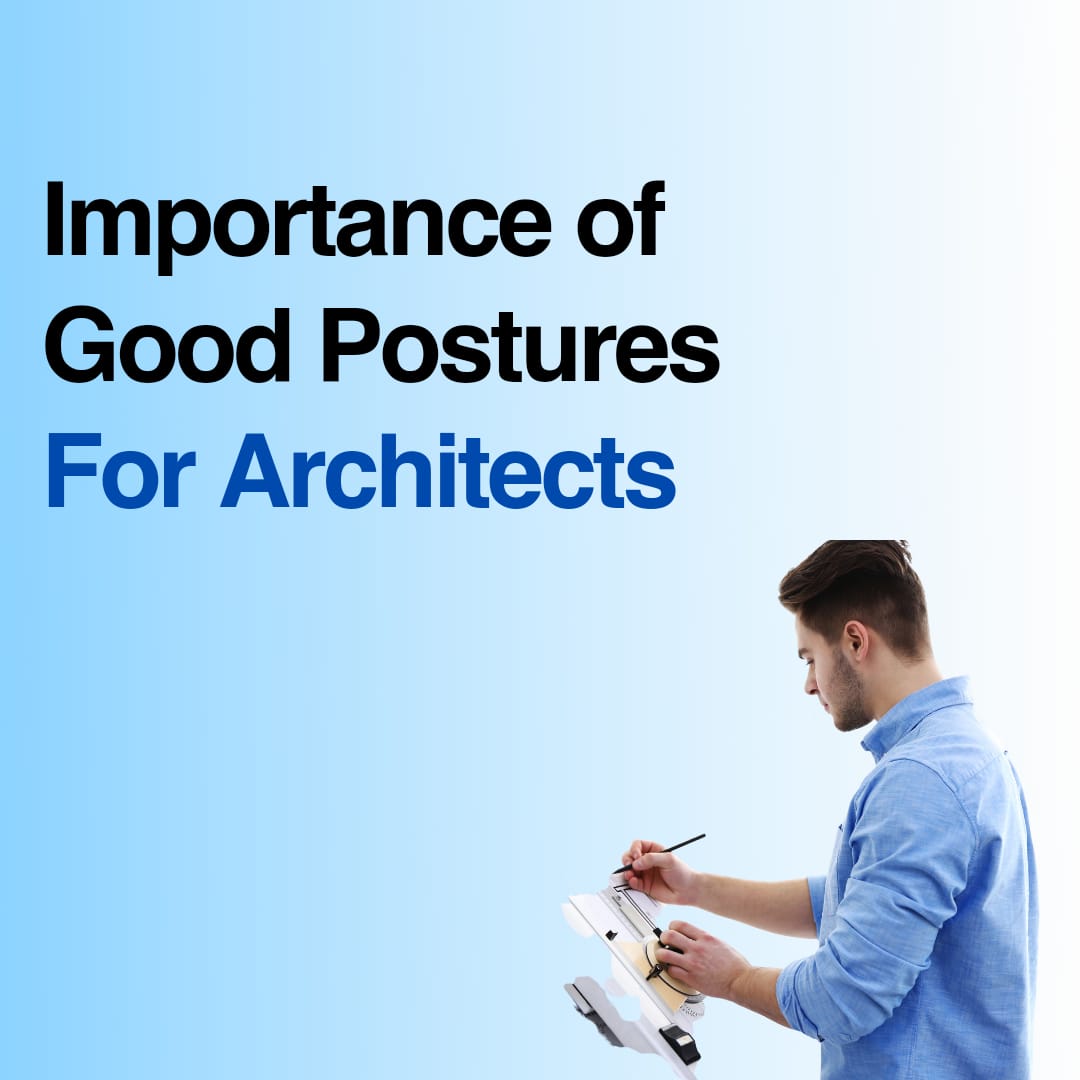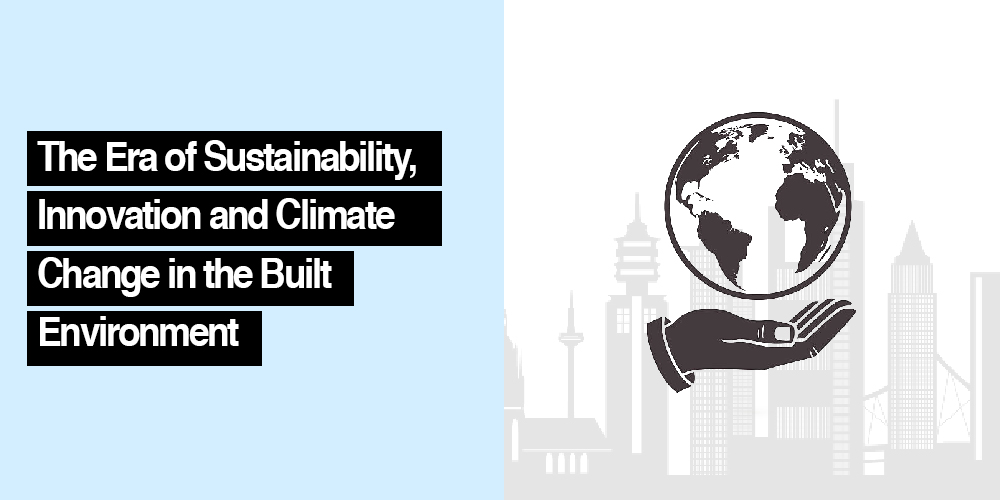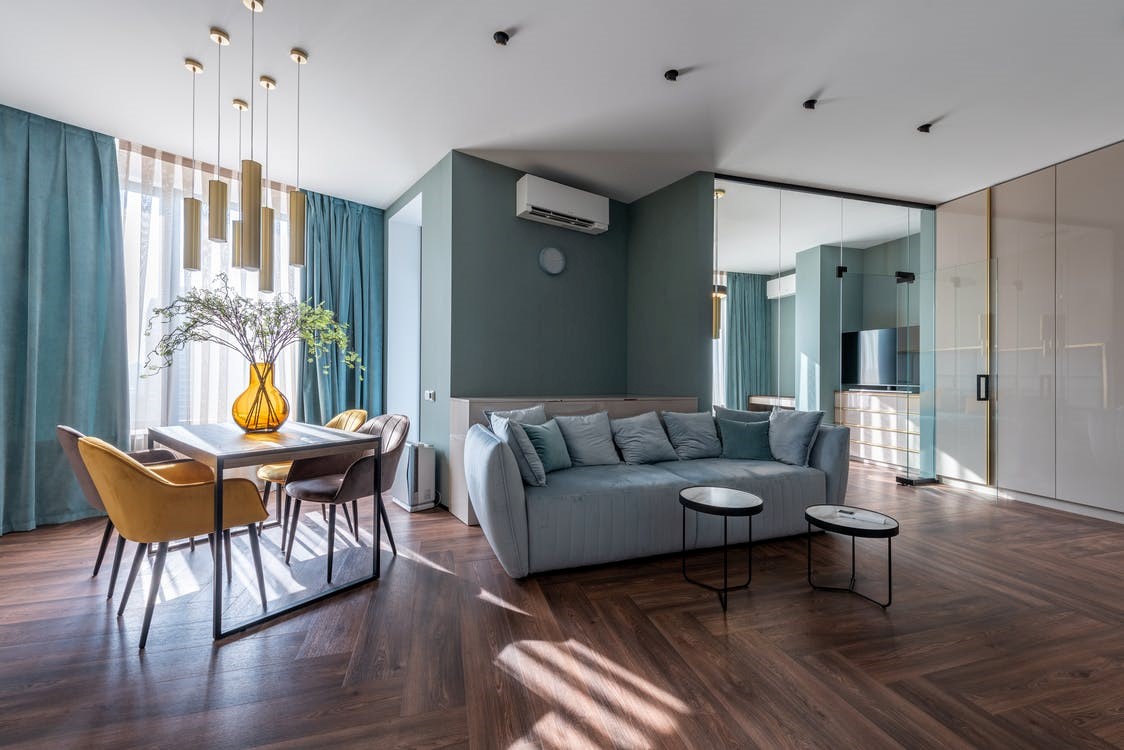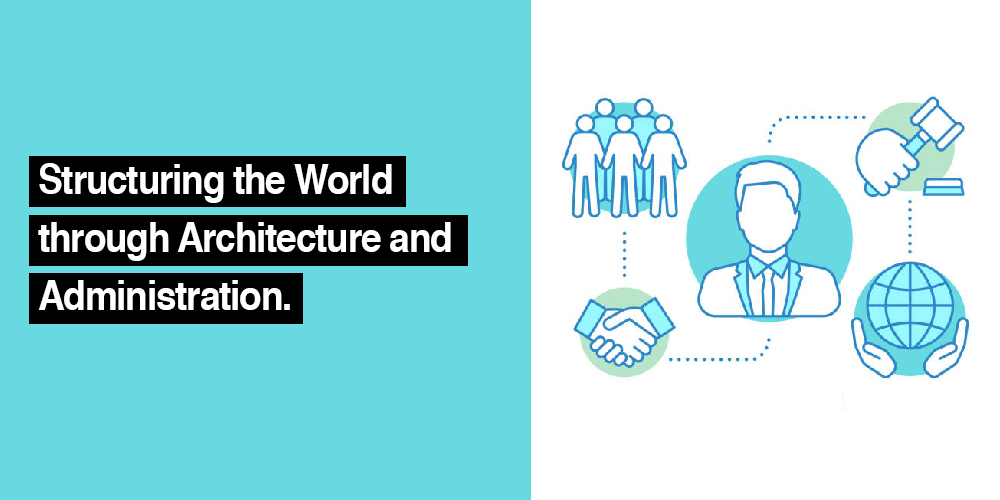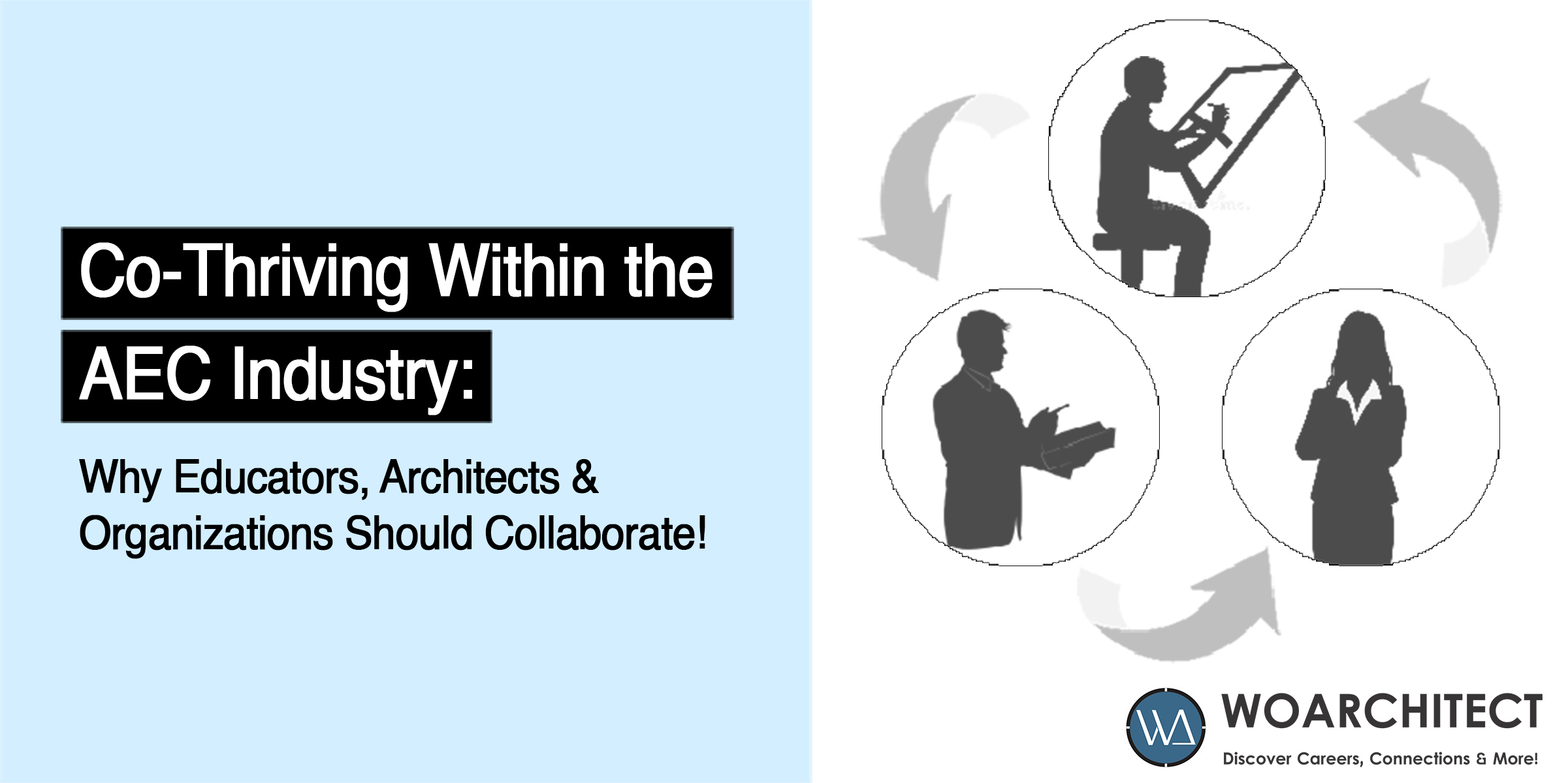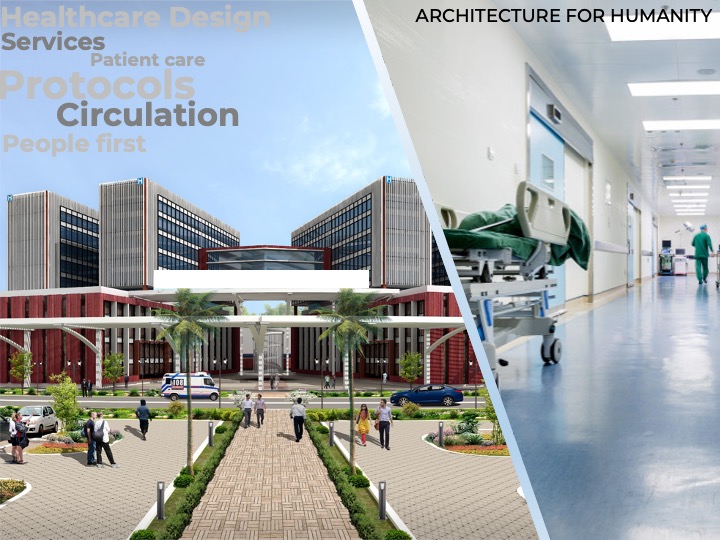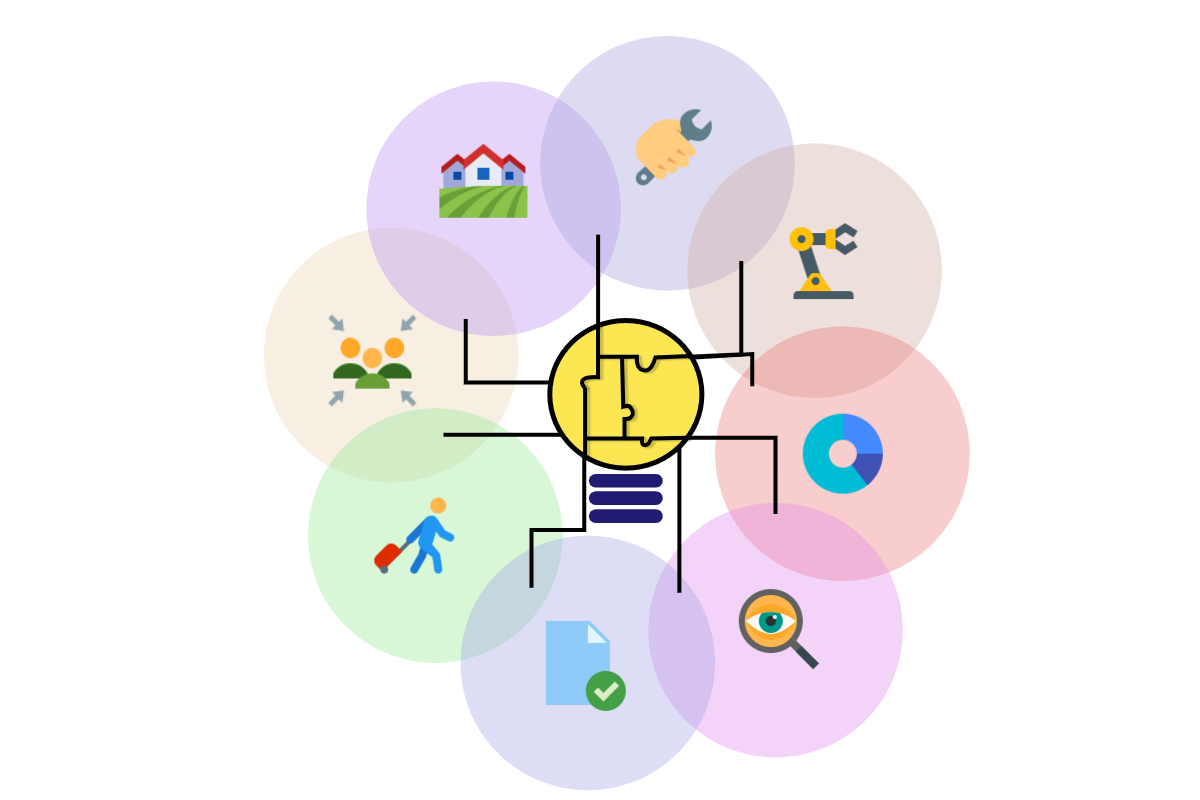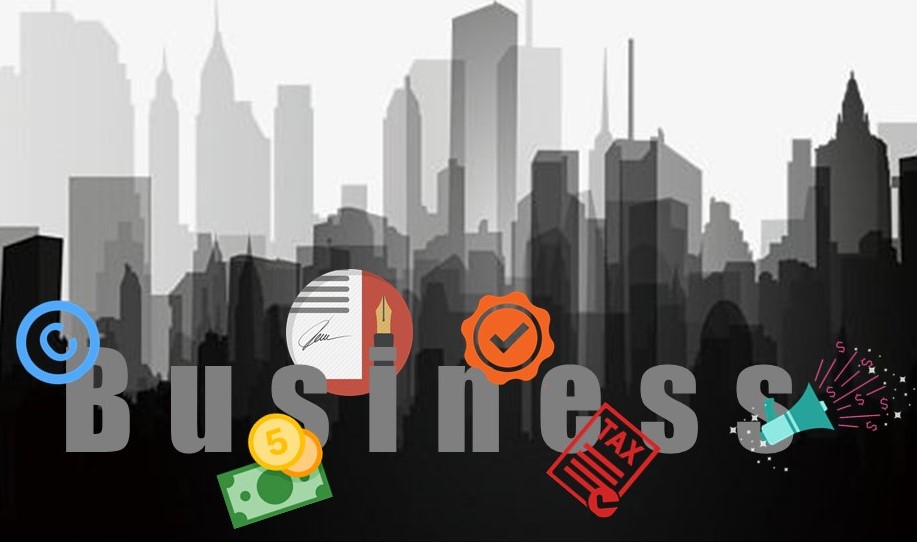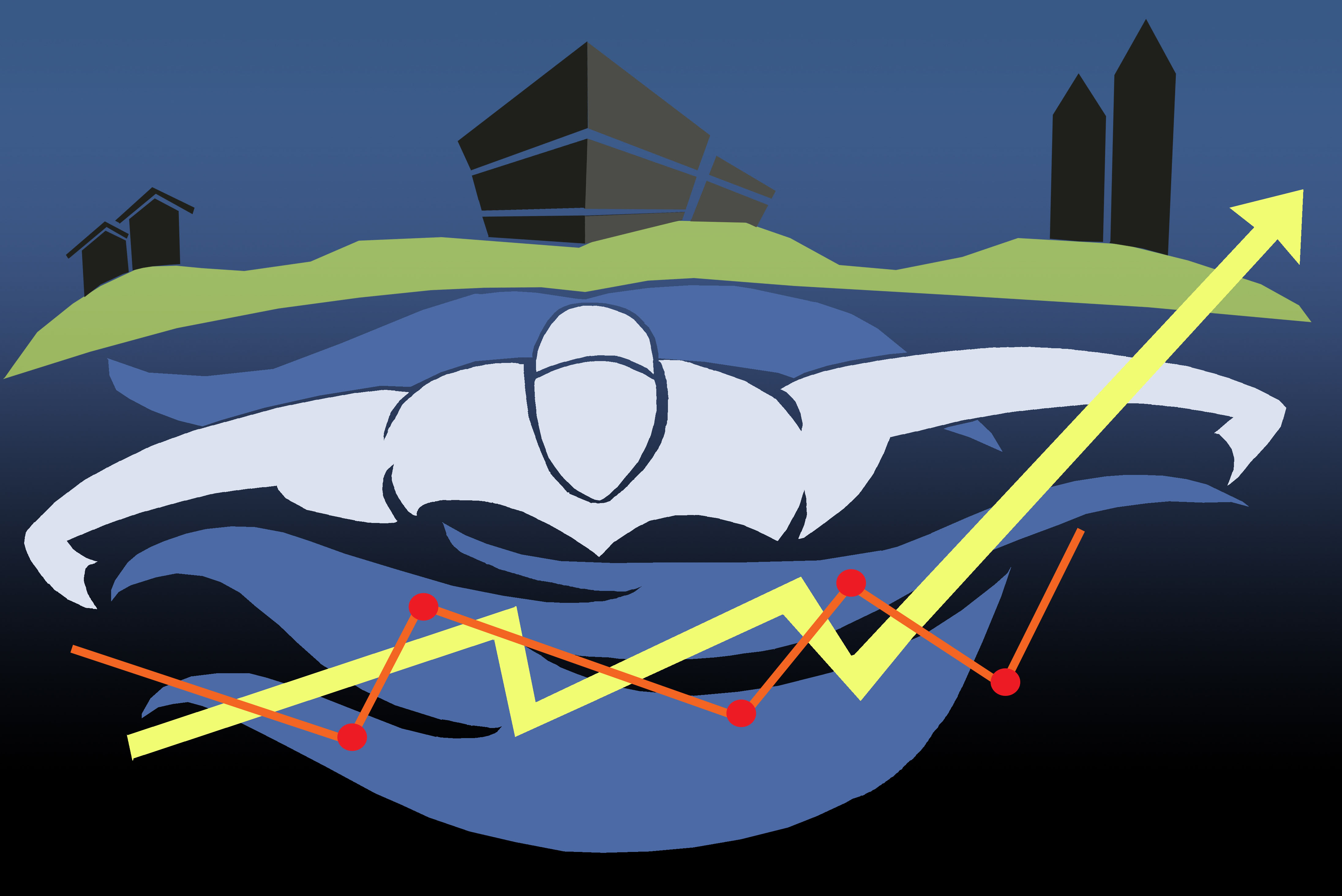
Swimmers or Sinkers
Architecture profession is directly related to the changes of economic tides. Architecture, in fact, is a reflection of the economic situation of the era. When economy is strong and growing, new development takes place. New towns emerge, buildings are constructed, parks are developed and infrastructure are laid. But at times when resources are limited, minimum structures are constructed, buildings are reused and infrastructure development slows down. The profession of architecture has thrived during economic surges and moderated during economic downturns.
Like a stream, economy always flows; Architects enter the economic stream at different phases, from different shores, with their own aspirations and expertise to survive in it. Once they are in, the flow takes them through its courses and they embark on the journey of their own.
The period of 2003 and early 2008 was flourishing for India, due to opening of India’s economy on various financial levels across different sectors[1]. Architects prospered during such times; landmarks were built, innovative materials were used and mega scale projects were created.
When economy went downhill during the financial crisis of 2008 due to subprime mortgages in United States of America, its effects were felt across the world[2]. During that time few projects were built, sales in real estate dropped and hardly any work or money was flowing in for architects.
Similarly, a sudden turbulence in economy was experienced during the time of 2017-18 in India due to demonetisation, Real Estate Regulatory Act and implementation of Goods & Service Tax (GST) in a span of six months[3]. It shook the development and growth in India. The ongoing projects were paused, recovery of fees became a nightmare, managing businesses and professional liabilities became tough.
Cascading effect of world events impacts our profession too. Such rare situations have been experienced during world wars and currently during pandemic effect of COVID-19 when everything comes to a standstill. There is no employment in the market and demands of everything else other than essential services diminished or halts and businesses even shut down.
It is left to each individual as how they chart these waters. There are two options:
· We can be Sinkers; surrendering to the flow and letting the current decide our fate, remain stuck with your old ways of working, pausing your efforts to learn new things and eventually hit rock bottom.
OR
· We can be Swimmers; understanding the flow, identifying our strengths,using the strokes that will best work in those waters and deliberate our efforts to choose a direction towards a coast.
Like a great river, we might start from the same glacier but branch out into rivers and tributaries carving our own paths towards our own destinations and purpose. We architects do have common education but that does not mean we are all from the same mould. Every architect has unique qualities which sets him/her apart.There are core strengths in each of us which needs to be polished and developed for us to stand out. Let us understand how we can be swimmers and not sinkers;
Playing to your strength
Architects are individualistic; trained to think creatively, differently and holistically. To survive an unpredictable flow of work, it is important that we become aware of our own capabilities and talents. Some qualities come naturally; some are groomed with education while others we learn as it becomes demand of our profession.
Architects could be good managers, coordinators, philosophers, teachers, visionaries, detailing experts, idea generators, financially savvy, technology explorers or legal doyens. An architect can have one or more of these qualities. If we understand these strengths and groom them well, there are more chances for us not only to survive uncertainty, but also excel in it. We have our own interests,strengths, personalities and skills. If we can channelize them and align them together, we will perform to the best of our abilities.
Identification of Purpose
Purpose is our emotional connect to our passion. It is our interest that inspires us and becomes our driving force. Without a definite purpose, it seldom happens, that one takes up the work which was offered to them first and then keep doing it for a prolonged period. This ‘work-by-chance’ typology hinders exploration and venturing for one’s true potential. A purpose, when definite, will lead to discovery of your strengths and also provide a will to polish them to perform better.
A purpose of architect’s professional life can be diverse and it may lead you to variety of work within the realms of architecture. It can be:
- To preserve heritage
- To protect environment
- To create innovative designs
- To spread knowledge or
- To simply strive for betterment
A purpose of architect’s professional life is important as it helps us to create a niche and an identity for ourselves professionally. It helps us to identify your service areas and the beneficiaries of your services. A purpose can remain same throughout the professional life or can change as one gains experience, exposure, education, skills and confidence. But it is important to introspect, understand your purpose and the profession will become your tool to achieve the purpose.
Upgrading Skills
A purpose without action will just be a day dream. One will have to prepare themselves to achieve it. In my opinion, skills required in architecture profession, are combination of functional and knowledge-based skills.
Functional skills are our abilities to carry out tasks effectively and professionally.[4] They are closely connected with your inner qualities; they can be learnt with effort and practice. Some examples of functional skills and its implementation in architectural profession is given below:
- Analytical skills; which is one of the basic skills of architecture and helps in many areas from design, management, planning, finance management etc.
- Being organized; which helps in documentation, legal work, research, teaching, management, coordination, administration etc.
- Communication skills; which helps in coordination, report preparation, legal work, contractual work, research, marketing etc.
Knowledge based skills are our abilities to perform specific procedure, subject knowledge or necessary information to execute a particular task. It can be honed through training, education and experience. Once you improve your understanding of subject, acquire knowledge and apply it in your work you will get better at your knowledge-based skills. You have to continuously strive to upgrade yourself in knowledge-based skill with changing trends, technology and practices.
Some examples of knowledge-based skills are: writing tenders, making drawings or visualizations, understanding and implementation of regulations, using technology etc.
Once you understand your purpose, it is more important to work towards the skills required for your purpose. Each year of experience in profession, should elevate you to a higher plane in your purpose. Your functional skills should be honed and your knowledge-based skills should be upgraded regularly.
Increasing Awareness
Architecture profession is closely knitted with the cultural, social, political, technical and economic aspect of place where structures are built. It gets largely influenced by current real estate trends, laws and regulations which are implemented,long-term visions of cities or infrastructural development, foreign trade policies which effect the money and material availability, focus areas of government in power, sentiments and preferences of masses, social makeup of society, liquidity of money in market, technical advancements and so on.
In short, although structures are confined to the boundaries of site, architectural thinking should not be contained only within the site. Since we are trained to be ‘out-of-box’ thinkers, our awareness should extend much beyond realm of construction industry and our solutions should address the need of the time.
Due to the change in technology and circumstances, there will be new fields emerging where and how an architect can work, for example: disaster management, parametric designs, forensic architecture, mobile homes etc. Being aware of emerging needs and changing trends, will open more possibilities for architects to work beyond the traditional fields and explore new boundaries.
Adaptability and Flexibility
Architecture being a reflection of time and circumstances, it needs to adapt and evolve continuously. With new technologies, customized materials, stronger communicative means, online access to knowledge and digital connecting platforms, architects now have better tools, expanded resources to find work force, monitor projects and increase efficiency. An architect needs to adapt with these changes and implement it in their work culture.
The services of architects are no longer restricted to only designing and monitoring of projects; architects are also leading real estates, legal fields, planning cities, managing corporations, creating ideologies and much more. Architects with their strong analytical minds and creativity, should be able to question current thinking, approaches and methods; evaluate alternative ways to find unique solutions to problems. Architects are extending their arena to venture into new fields, they take along their basic skills of technology and aesthetics but are also flexible enough to implement them in various allied areas.
Be a Swimmer
Survival of the fittest has always been the rule of nature. It is hard to give up the comfort of known and venture into unknown. It means unlearning old habits and learning new ones. It requires overcoming our inner resistance and opening the door to welcome new. But each one of has to find own ways to survive the unexpected waves of changes by identifying our own strengths, defining our purpose and honing our skills. We should be well aware of fluctuations happening around us, to plan our moves and strategies accordingly. We need to be agile enough to change our strokes and chart our ways through, towards our own shores.
“The Swimmer who can find motivation, silver linings and new routines in the face of adversity reap the benefits of the storm.” - unknown
About Author:
Ar. Snehal Jagdale - Surve is an Architect - Planner and co-founder of Alternate Angle. As a professional, she has worked in USA and India on projects including landscape architecture, urban planning and architecture. She has successfully led design teams to execute large scale commercial and residential projects for construction major Larsen & Tubro (L&T), Design Cell. As a research-oriented person, Snehal shares her experience through publications and seminars for professional development of young and fellow architects. She can be reached on snehal@alternateangle.net.
[1] World Bank Blogs: “India’s remarkably robust and resilient growth story” by Poonam Gupta and Florian Blum dated April 12, 2018 accessed on 23.05.2020

